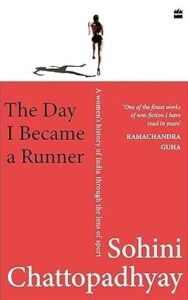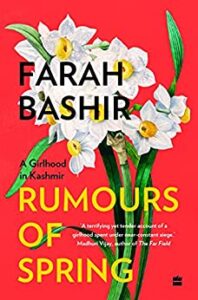Why I picked this Book
I Know Why the Caged Bird Sings kept appearing in my reading list suggestions for quite some time. I often came across Maya Angelou’s name in quotes, in references, and in other books I’ve read, yet I had never actually read her work. Finally, I decided to begin with the foundation of her voice, her autobiography. And now, having read the first part, it already feels like stepping into a powerful story that stays with you.The book
I Know Why the Caged Bird Sings is the first part of Maya Angelou’s autobiography, which covers her childhood days with her brother and grandmother in Stamps, Arkansas, and with her mother in California. She used to live in California, and once their parents decided to separate, she, along with her brother, was sent to her grandmother, who used to run a grocery store in Stamps. Later, she and her brother again moved to California to stay with her mother for her studies. This book covers her story from childhood till she is seventeen years old.The books take you on a journey into the childhood and lived experience of the author. From the city life to the quiet and slow town life of Stamps. She narrated the various lessons she learned from her grandmother, from her school, and her school friends, and otherwise mundane-looking day-to-day activities in great detail. There are many vignettes created by the author that capture the life in the small black neighborhood of that time, their lives, and the challenges they face daily. Like the cotton pickers“The sound of the empty cotton sacks dragging over the floor and the murmurs of waking people were sliced by the cash register as we rang up the five-cent sales.”
“If the morning sounds and smells were touched with the supernatural, the late afternoon had all the features of the normal Arkansas life. In the dying sunlight, the people dragged, rather than their empty cotton sacks.”
“Brought back to the Store, the pickers would step out of the backs of trucks and fold down, dirt-disappointed, to the ground. No matter how much they had picked, it wasn’t enough. Their wages wouldn’t even get them out of debt to my grandmother, not to mention the staggering bill that waited on them at the white commissary downtown.”
From her childhood days, Maya was an avid reader, and she met someone in her town who encouraged her to read. Mrs. Bertha Flowers told Maya, “Words mean more than what is set down on paper. It takes the human voice to infuse them with the shades of deeper meaning.” Looking at how powerful her writing is, it seems she took the advice seriously. There are many instances where you are amazed by how beautifully and effectively she has conveyed her thoughts.There are many pearls of wisdom in the book, as per Mrs. Flowers, with “shades of deeper meaning”. I just want to share two of them to let the readers know what we have in the book, along with the author’s childhood story. One from Mrs. Flowers, when she tells nine or ten-year-old Maya.She said that I must always be intolerant of ignorance but understanding of illiteracy. That some people, unable to go to school, were more educated and even more intelligent than college professors. She encouraged me to listen carefully to what country people called mother wit. That in those homely sayings was couched the collective wisdom of generations.There is one from Maya’s mother, when she told her-“See, you don’t have to think about doing the right thing. If you are for the right thing, then you do it without thinking.”As you read along, you will get a glimpse of the society of that time, the status and condition of black people in that society. Her journey from California to Stamps and then again to California. The impact of her mother on her life, the abuse she faced at the age of eight by her mother’s lovers, and how it impacted her. The first love letter she got on Valentine back in Stamps, the first job that she got at the age of sixteen, and her becoming a mother just after completing school at the age of seventeen.I Know Why Caged Birds Sings is a well-written, well-structured, wonderful read capturing the world of thirties and forties, along with her days and years of childhood in a small town and a big city. Sharing various aspects of early life and childhood, which is sad and hopeful at the same time. Looking forward to reading the next part of her autobiography.

